I’ve seen several people commenting lately in my social media world–friends and strangers in groups–about the contrast between daily life and the numinous. Sometimes this is mentioned in relation to Pagan festivals, and the way that attending one makes a person more sharply aware of the sacred than they might usually be. Sometimes its mentioned after someone has had a special experience in their life that has somehow highlighted the sacred for them. It is always in some way though portrayed as a contrast, a difference between one thing and another – rather like comparing a sunny day to a rainy one. And buried in this dialogue, deeply buried, is the inherent premise that the humdrum grind of daily life and its perceived lack of sacredness is the norm.
I disagree.
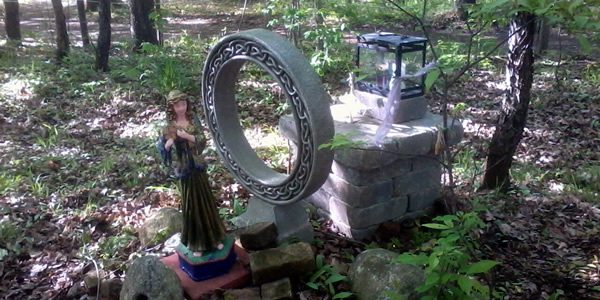
When it rains the sun is still there, we just can’t see it because of the clouds and so to us it seems that it has disappeared; when we are caught up in our day to day lives the sacred is still there as well but we usually ignore it because our focus is on other things. But what we choose to focus on doesn’t actually change how much of the secular or sacred is present. When we are at a festival we still have to eat, and sleep, and use a bathroom. We are still bound by the ordinary reality that claims us every other day of our lives – we are simply not focused on these things because our awareness is on experiencing the sacred, in workshops and discussions and rituals. And because our focus is on the sacred it seems that everything is indeed more sacred. In contrast when we are at home there is just as much of the sacred around us, the Gods still speak, the spirits are still there in our homes, in the suburbs and cities, the numinous is just as present. The biggest difference between the two is our state of mind.
I’m not discounting the importance of that state of mind, by the way, or of the importance of shifting our focus. We need time where we are immersed in our spirituality, where we find fellowship with co-religionists, where we connect on a deeper conscious level with our religion. We need times where we are immersed in the secular as well, where we remember that the so-called mundane has just as much value as the spiritual, where we relax enjoy the simple pleasure of being alive in the here-and-now. However I think that its too easy to fall into a mindset where the secular and the sacred become segregated from each other in an unhealthy way, where this approach becomes a rigid either/or dichotomy that doesn’t allow for a holistic merging of both. Where people start to feel that there is no sacred in our daily lives unless we make some heroic effort to bring it forth – or the Gods do – or that at a festival or similar event there is no mundane reality at all but only the sacred and all rules of the mundane have been somehow suspended. To me this is both a dangerous mindset and one that disconnects people from the balance that is needed in spirituality.
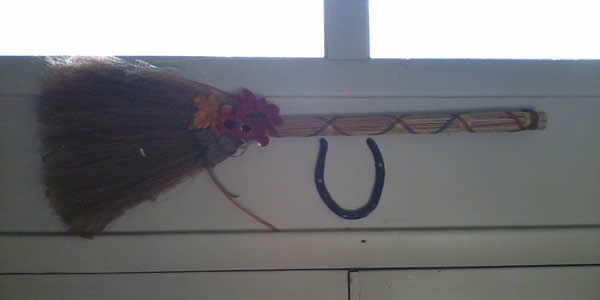
In everything I’ve read of the old Irish and Scottish folklore it seems pretty clear that there was no idea of separation between daily life and the numinous. People prayed and said charms over everything from lighting and banking the fires each day to preparing food, from milking the cows to bathing their children. The sacred was woven into the mundane so completely that the two were nearly indistinguishable — which didn’t stop people from highlighting the sacred on holy days or highlighting the mundane in other moments. But there didn’t seem to be any inherent idea that the two were divided. A person might indeed encounter the Fair Folk if one went to one of their places, one of the fairy hills for example, but you could just as easily find them in your own barn or wake with your hair in elf-locks. There was no rigid boundary between their places and ours, unless a person took precautions to ensure the Other Crowd were kept out, simply an understanding that some places were more theirs or more ours. And even then a person was aware that Themselves were always potentially around and that we could always stumble into their places. It wasn’t a matter, ever, of either/or, but always a potential of and.
In my own life there has never been a divide between the two, sacred and secular. I’ve always experienced both intermixed, which is why I chose to name my personal blog “living liminally.” You could argue, of course, that this makes me biased towards an approach that encourages seeing each within the other as much as possible, and you’d probably be right. But when I see people talking about how unhappy they are with a perceived lack of the spiritual in their daily lives, or talking about how painfully jarring the transition is between the sacredness of a festival and the return to so-called normal life I can’t help but see the flaws in the either/or approach. When our minds get caught in this illusion that reality has to be either one way or another we end up making ourselves very unhappy seeking for something we tell ourselves can’t exist where we are, when in truth the only thing keeping us from the connection we want to the Otherworld or the Gods is our own perception of the sacred being separated from us. It isn’t the world around us that needs to change, to become more or less secular or sacred, but only our own insistence on seeing them as separate. To quote the Matrix (think about it and I hope you’ll get my point here): “Do not try to bend the spoon, That’s impossible. Instead only try to realize the truth….There is no spoon.”
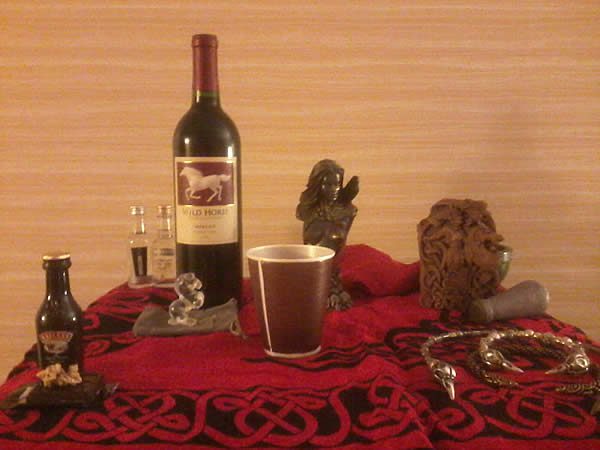
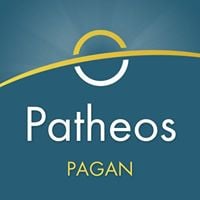
Patheos Pagan on Facebook.
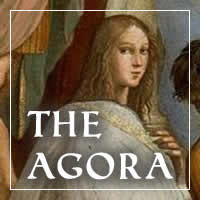
the Agora on Facebook
Irish-American Witchcraft is published bi-monthly on Tuesdays here on the Agora. Subscribe via RSS or e-mail!
Please use the links to the right to keep on top of activities here on the Agora as well as across the entire Patheos Pagan channel.

















